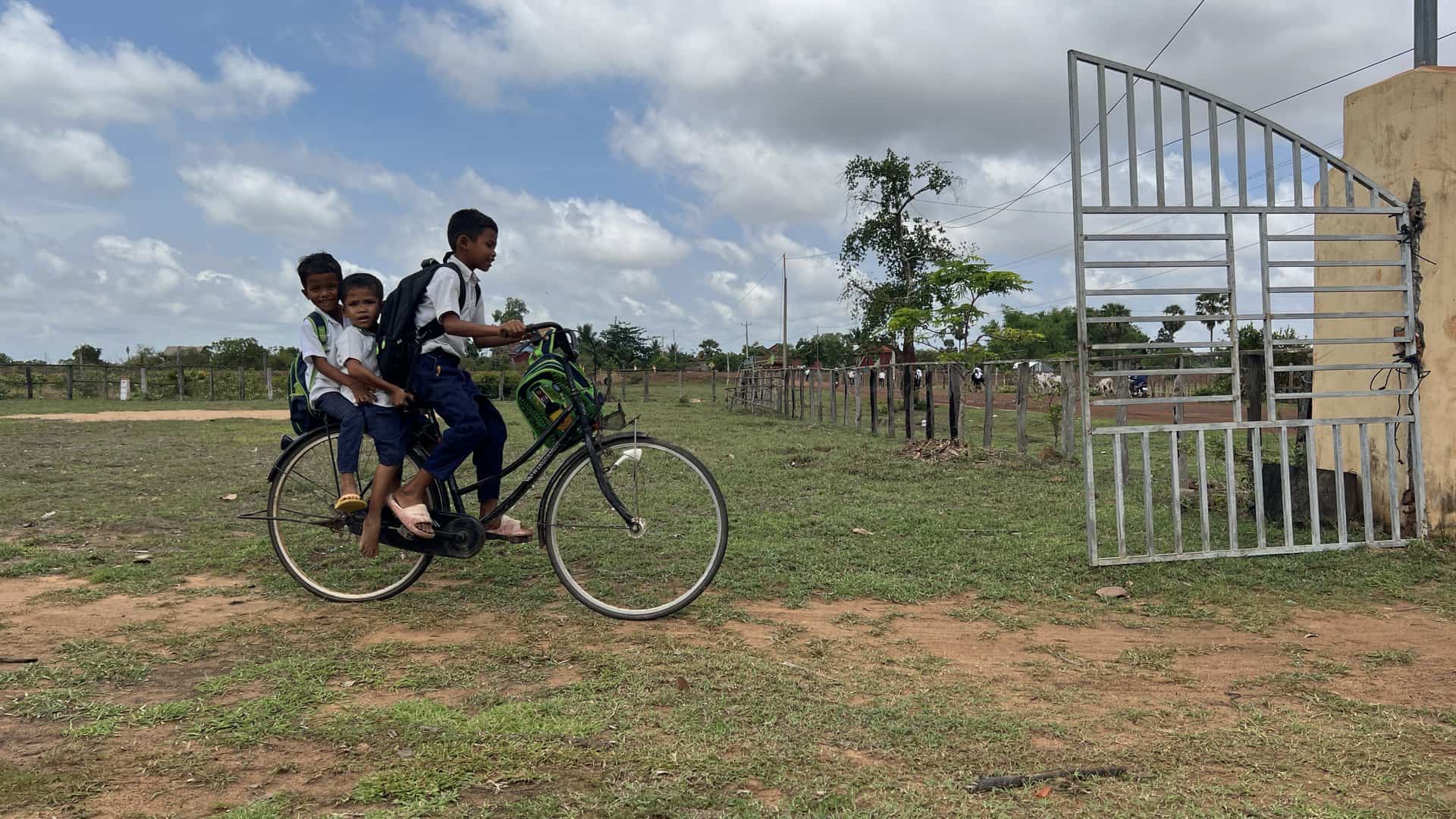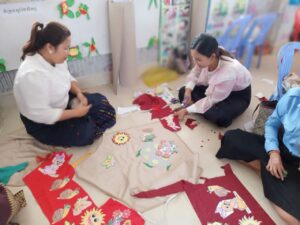Technological advances such as apps, smartphones and artificial intelligence, to name but a few, should not be seen as miracle solutions for marginalised out-of-school children. However, this does not mean that access to education should not include digital technology, where possible. Sometimes, there can be a frantic race to find what is new and in vogue, and what is known is pushed aside.
World Bicycle Day is therefore an opportunity for policy-makers and education stakeholders from all over the world to recall the links between age-old technology, such as the bicycle, and sustainable development, particularly in the context of Sustainable Development Goal (SDG) 4, quality education.
The role of bicycles in access to education
The question here is how pragmatically the fundamental right to education can be realised.
Today, we need to bear in mind that, wherever there are rural populations in the world, the distance between home and school can be the most formidable obstacle to education. In some developing countries, a child travels an average of 3 to 10 kilometres to get to school. That’s no mean feat. In many cases, children skip breakfast in the hope of getting to school on time.
Children often arrive exhausted and late, which can compromise their performance, self-confidence and ability to concentrate on learning. Children also have to think about the journey home and the obligations they may have to provide for their families after school.
In other words, at primary level, “the further away children are from school, the less likely they are to attend”.. These are perhaps some of the main reasons why, from Africa to Asia, the programme “Educate A Child (EAC) Education Above All partners with organisations such as World Vision and Action EducationThis includes the distribution of bicycles to children who are remote and have to travel long distances to school.
“Bicycles are environmentally friendly and cost-effective. They are not an expensive mode of transport, which has many advantages for vulnerable populations”.says Sydney Simubwa, Project Manager at World Vision Zambia.
As far as “accessibility” is concerned, he adds that in a country where the average distance between schools is around 10 kilometres and there are no established roads in rural areas, “A bicycle is a powerful tool that can promote sustainable development.

The added value of bicycle use by rural communities
With regard to the “added value” and extended usefulness, particularly for children in rural areas, Samphors Vorn, Director of Action Education Cambodia, states that they “bring a lot”. and also mentions how cycling can engender friendship, mutual understanding between people, respect for the environment, as well as supporting a household’s sports, leisure and livelihood. On this last point, Samphors Vorn explains that “In the morning, the children can go to school using the bike, but in the afternoon, they can use it to help the family harvest crops […] to contribute to the family’s income.”
But the benefits don’t stop there. David Mumo, Senior Education Specialist at Education Above All, adds: “Bicycles help young children, especially girls, to get to school safely and without fear. Children are protected from sexual and gender-based violence when they travel in groups”.
Limits to the use of bicycles
However, the use of bicycles has its limits. Sydney Simubwa draws attention to the fact that children from rural areas who have to walk several kilometres to and from school every day may also face a range of other obstacles, such as poverty, climate change, drought and food insecurity, particularly if their parents are subsistence farmers, which is often the case in Zambia. “It’s about getting to know the child you’re teaching.says Sydney Simubwa. There is no doubt that actions that take into account all the parameters of a child’s daily life are essential.
Not surprisingly, when asked how the out-of-school and/or vulnerable child from rural Cambodia and Zambia fared in the era of COVID-19 when education systems became virtual, Samphors Vorn and Sydney Simubwa both mention the devastating consequences of the “loss of learning that occurred in their respective countries. They point out that children who were already marginalised were further disadvantaged by initiatives that made education purely digital. Not all parents had a smartphone or could afford stable Internet access to help their children continue to learn.
Integrating modern technologies into the education system
In examining the use of bicycles in an age of artificial intelligence and other technological advances, both Samphors Vorn and Sydney Simubwa seem to be calling, to varying degrees, for a measured approach. Although “Integration technology must be sought where it makes sense, the search for a “A balance between access and quality should be the guiding principle, particularly with regard to the training of effective teachers, the “school reformon “programme and the “Methodologyaccording to Samphors Vorn.
On the other hand, Sydney Simubwa, while not totally ignoring the value of technology in terms of access and quality for the most remote Zambian children, maintains that at present, such consequential measures are a little too ambitious. “far-fetched. Instead, it would like to focus on the implementation of a “Quality infrastructureof “learning materials and on the “teacher capacity development.
Finally, modern technology has its place in the classroom, but it should not be seen as a panacea for the gaps in access and quality in education. After all, studies show that “short-circuiting teachers in favour of a strict reliance on technology does not produce better learning outcomes for students.
However, when it comes to the global agenda for sustainable development and the positive role played by MDG 4 on quality education, the simplicity of the bicycle could well be beyond reproach.
By Derek Langford, Samphors Vorn and Sydney Simubwa











